1 UA V Placement for Real-time Video Acquisition A Tradeoff between Resolution and Delay
2025-04-28
1
0
576.16KB
8 页
10玖币
侵权投诉
1
UAV Placement for Real-time Video Acquisition: A
Tradeoff between Resolution and Delay
Xiao-Wei Tang, Member, IEEE, and Xin-Lin Huang, Senior Member, IEEE
Abstract—Recently, UAVs endowed with high mobility, low
cost, and remote control have promoted the development of UAV-
assisted real-time video/image acquisition applications, which
have a high demand for both transmission rate and image
resolution. However, in conventional vertical photography model,
the UAV should fly to the top of ground targets (GTs) to capture
images, thus enlarge the transmission delay. In this paper, we
propose an oblique photography model, which allows the UAV
to capture images of GTs from a far distance while still satisfying
the predetermined resolution requirement. Based on the proposed
oblique photography model, we further study the UAV placement
problem in the cellular-connected UAV-assisted image acquisition
system, which aims at minimizing the data transmission delay
under the condition of satisfying the predetermined image
resolution requirement. Firstly, the proposed scheme is first
formulated as an intractable non-convex optimization problem.
Then, the original problem is simplified to obtain a tractable
suboptimal solution with the help of the block coordinate descent
and the successive convex approximation techniques. Finally,
the numerical results are presented to show the effectiveness
of the proposed scheme. The numerical results have shown that
the proposed scheme can largely save the transmission time as
compared to the conventional vertical photography model.
Index Terms—Unmanned aerial vehicles, UAV placement, im-
age acquisition, and oblique photography model.
I. INTRODUCTION
The great progress of aviation, energy and artificial intel-
ligence (AI) technology promotes the rapid development of
unmanned aerial vehicles (UAVs), empowering them many
advantages including low cost, controllable mobility, and line-
of-sight (LoS) link with ground users [1]. At the same time,
UAVs are endowed with the ability of real-time ultra high-
definition image transmission in the fifth generation (5G)
of mobile network, thus giving birth to many UAV-assisted
image/video acquisition applications such as live broadcast,
disaster monitoring, agriculture precision, and virtual real-
ity/actual reality (VR/AR) [2].
Different from conventional UAV-assisted applications, e.g.,
remote sensing, the emerging UAV-assisted image/video acqui-
sition applications need to transmit the captured image/video
data back to the base station (BS) in real time, which are thus
facing severe challenges. Firstly, these applications have an
extremely large demand on bandwidth due to the huge amount
of video/image amount [3]. Then, in general, these applications
usually bear rigorous quality of experience (QoE) requirements
since users expect to receive videos with low frame loss rate,
tolerable end-to-end delay and little jitter [4]. Last but not
least, the performance of these applications is still restricted
by UAV’s communication range and flight endurance owing
to the limited power supply [5].
The challenges mentioned above are becoming irreconcil-
able when adopting conventional vertical photography tech-
nique to capture images/videos. To be specific, in conventional
vertical photography model, the UAV can only capture images
at the top of the ground target to make sure it is located in
the center of the image/video so that users can easily focus
on it [6]. Although this can provide high-definition images
for users, the transmission rate will be very low when the
GT is far away from the BS. Even worse, once the distance
between the GT and the BS is greater than a certain threshold,
the communication between the UAV and the BS will be
interrupted due to the limited transmit power of the UAV,
which seriously degrading user’s QoE. Fortunately, oblique
photography makes up for the limitation that images can
only be photographed from vertical angles in the past [7].
Specifically, the UAV doesn’t need to fly to the point above
the GT, but can choose a location between the BS and the
GT when capturing images/videos, thus providing a flexible
tradeoff between image resolution and communication quality.
A handful of research work on the oblique photography has
been done in recent years [8]–[14]. Specifically, the concept
of the oblique photography first appeared in aerial survey for
visualization purposes. By carrying multiple sensors on the
UAV and collecting images from 5 different angles including
1 vertical and 4 oblique angles at the same time, the real
and intuitive image effect that conforms to human vision can
be generated via a series of data processing methods such
as multi-vision image joint adjustment and dense matching
of multi-vision images [8], [9]. In addition to aerial survey,
object measurement is also one of the main uses of obilque
photography. H¨
ohle et al. proposed to measuring the distances,
coordinates, elevations or areas of objects via oblique images
[10]. Zhou et al. acquired images of plantations with different
ages via UAV oblique photography and then extracted tree
heights according to reconstructed three dimension (3D) point
clouds [11]. Aghaei et al. employed the UAV to fly over
a test laboratory in order to capture images at different
altitudes, in order to investigate the correlation between aerial
image capture altitude and potential defect identification on
photovoltaic modules [12]. Lin et al. adopted an electric
fixed-wing UAV loaded with a digital camera to take oblique
photographs of a sparse subalpine coniferous forest in the
source region, aiming at extracting individual tree heights
with the help of generated point cloud data obtained from the
overlapping photographs [13]. Zhang et al. proposed a UAV-
based panoramic oblique photogrammetry (POP) approach to
arXiv:2210.04677v1 [cs.MM] 10 Oct 2022
2
achieve georeferenced panoramic images and real 3D models
together by using panorama image projection algorithms [14].
Fig. 1 The tradeoff between the image resolution and channel quality
in the UAV-assisted image acquisition system.
Although the above-mentioned literatures have made a
good progress in aerial survey and object measurement, the
oblique photography model they adopted is not suitable for
UAV-assisted image acquisition. On one hand, the oblique
photography model they adopted still can’t make sure that
the GT is imaged at the center of the photograph all the time
which is not convenient for users to watch. On the other hand,
the resolution metric is only slightly modified according to the
traditional vertical photography model (i.e., adding the effect
of the oblique angle) [15], which lacks a more comprehensive
formula related to the UAV’s 3D coordinates. To address these
issues, we propose a novel oblique photography model in this
paper which quantitatively analyzes the influence of UAV’s
space position on the image quality. Based on the proposed
oblique photography model, we further consider a UAV-
assisted image acquisition and transmission system where the
UAV is adopted to capture images of a GT via the carried
camera and then transmit the captured image to the BS through
the wireless backhaul. Fig. 1 shows a common scenario which
is often encountered in practice: 1) at point PA, the captured
image has a low resolution, but the channel quality is good,
and 2) at point PB, the captured image has a high resolution,
but the channel quality is poor. How to choose between these
two points may make people confused. Therefore, the goal
of this paper is to study the UAV deployment problem where
the transmission delay can be minimized while satisfying the
predetermined resolution requirement.
Contributions: The main contributions of this paper are three-
fold:
1) A UAV-assisted oblique photography model is created
where the resolution of the captured image is determined
by the 3D coordinate of the UAV as well as the scale
of the GT, which thus provides several new potential
research directions.
2) The UAV deployment problem is modeled as a non-
convex optimization problem, aiming at minimizing the
data transmission delay while ensuring that the predeter-
mined resolution requirement can be satisfied. We firstly
simplify the three-variable original problem into a two-
variable one and then propose a suboptimal solution to
the simplified problem by using the block coordinate de-
scent (BCD) and successive convex approximation (SCA)
techniques.
3) Detailed numerical results are provided to verify the
effectiveness of the proposed system. Firstly, the effects
of horizontal and vertical coordinates on the resolution
of UAV are analyzed. In addition, the performance of
the UAV deployment problem are compared under three
different solutions including 1) conventional scheme, 2)
the proposed scheme solved by ES, and 3) the proposed
scheme solved by BCD and SCA.
The reminder of the paper is organized as follows. Section
II describes models of UAV-BS channel, oblique photography,
and image transmission. In Section III, the original opti-
mization problem is stated and simplified. In Section IV, an
effective BCD and SCA-based algorithm is proposed to solve
the simplified non-convex problem. In Section V, the numerical
results are provided to show the effectiveness of the proposed
system. In Section VI, we conclude this paper. In Section VII,
we provide some potential research directions.
II. SYSTEM MODEL
Consider an UAV-assisted image acquisition system where a
rotary-wing UAV is deployed to capture an image for a ground
target (GT) and transfer the captured image data back to the
base station (BS) immediately. In the following subsections,
models of UAV-BS channel, oblique photography, and image
transmission are described, respectively.
A. UAV-BS Channel Model
In this paper, we consider a real-time image acquisition
system with a UAV, a BS, and a GT, where a three-dimensional
(3D) Cartesian coordinate system is adopted. We assume that
the coordinates of the BS and the GT are known a priori to the
UAV. Let wT
b, zbdenote the 3D coordinate of the BS, where
wb=[xb, yb]T∈R2×1represents the horizontal coordinate and
zbrepresents the vertical coordinate, respectively. Similarly,
let qT, zdenote the 3D coordinate of the UAV, where
q= [x, y]T∈R2×1represents the horizontal coordinate and
zrepresents the vertical coordinate, respectively. As such, the
distance between the UAV and the BS, denoted by du,b, is
given by
du,b =qkq−wbk2+(z−zb)2.(1)
For ease of analysis, we assume that the wireless channel
between the UAV and BS is dominated by the LoS link.1
1Note that this work can be extended to more complex channel models such
as probabilistic LoS model or Rician fading model [16]. However, we may
start with the simplest case under the LoS channel, where a trade-off between
the image resolution and transmission rate still exists due to the possibly large
horizontal distances between the GTs and the BS.
摘要:
展开>>
收起<<
1UAVPlacementforReal-timeVideoAcquisition:ATradeoffbetweenResolutionandDelayXiao-WeiTang,Member,IEEE,andXin-LinHuang,SeniorMember,IEEEAbstractRecently,UAVsendowedwithhighmobility,lowcost,andremotecontrolhavepromotedthedevelopmentofUAV-assistedreal-timevideo/imageacquisitionapplications,whichhaveahi...
声明:本站为文档C2C交易模式,即用户上传的文档直接被用户下载,本站只是中间服务平台,本站所有文档下载所得的收益归上传人(含作者)所有。玖贝云文库仅提供信息存储空间,仅对用户上传内容的表现方式做保护处理,对上载内容本身不做任何修改或编辑。若文档所含内容侵犯了您的版权或隐私,请立即通知玖贝云文库,我们立即给予删除!
分类:图书资源
价格:10玖币
属性:8 页
大小:576.16KB
格式:PDF
时间:2025-04-28


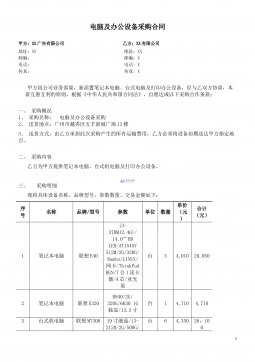
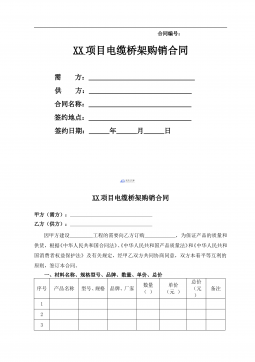
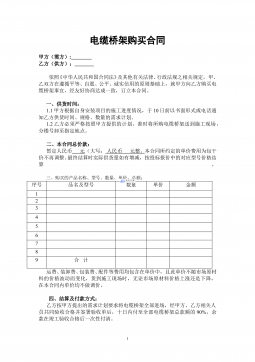
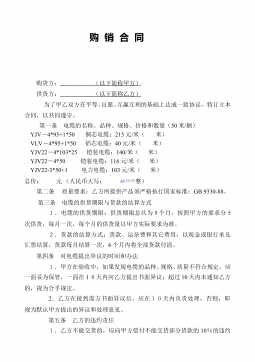
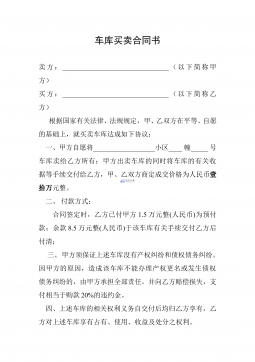
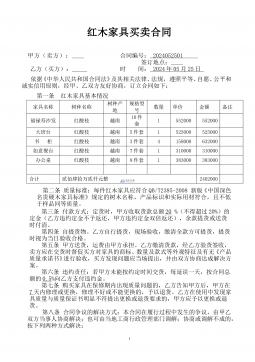
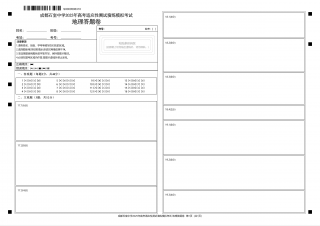
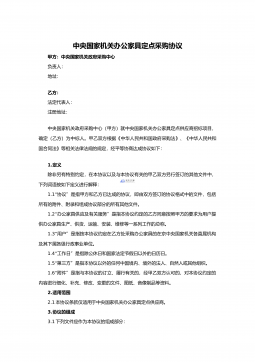
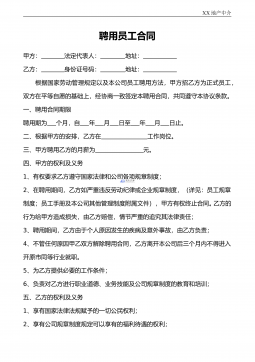
 渝公网安备50010702506394
渝公网安备50010702506394
